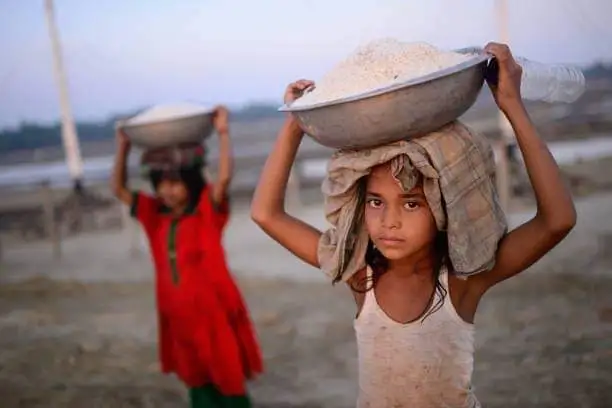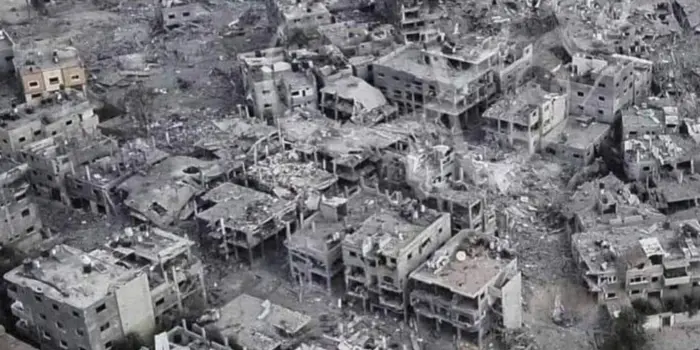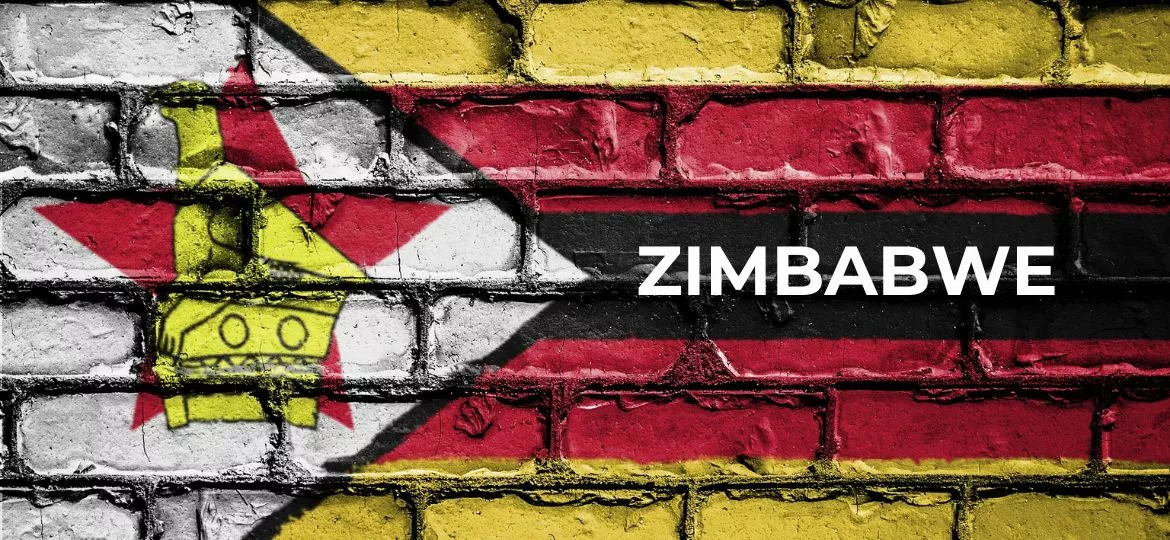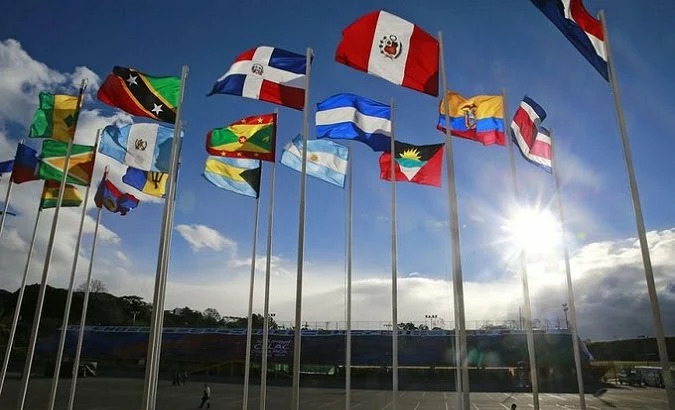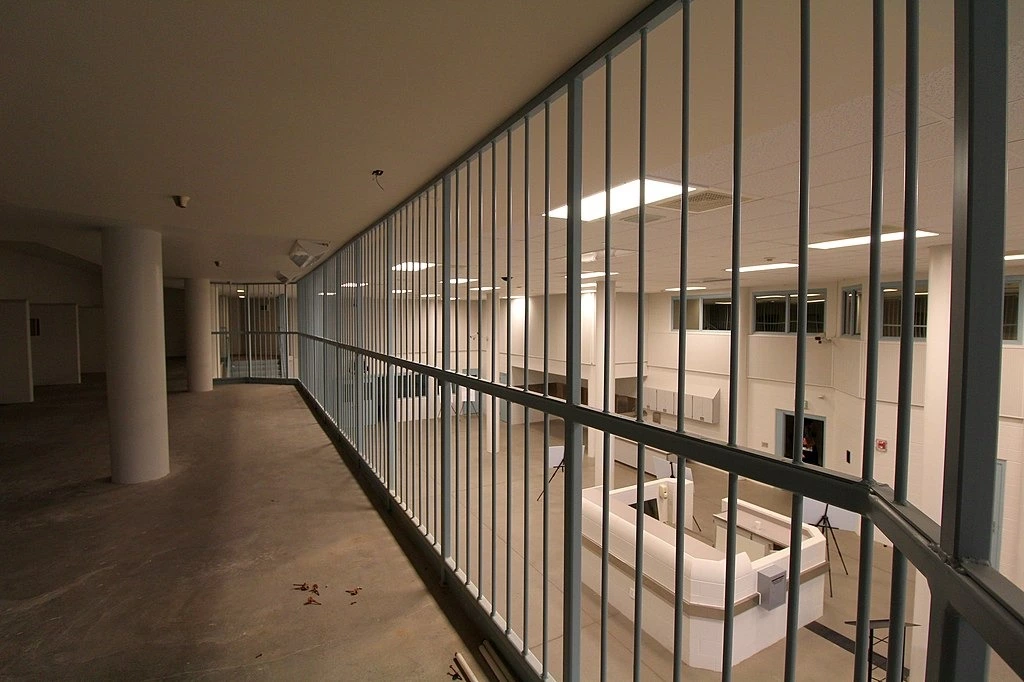The International Labour Organization (ILO), a subsidiary of the United Nations, defines child labour as “work that deprives children of their childhood, their potential, and their dignity, and that is harmful to physical and mental development.”
Children are not recognized as economic agents. Their labour is either to be discounted or is not recognized. As a result, their association with the process of wealth creation and its distribution goes unnoticed or is underappreciated. Hence child labour emerges as a sign of abnormality and its conceptual strength lies in the very sense of illegality and illegitimacy it imparts to a certain sector of the
economic domain. The focus switches to either the cause of child labour (for example, 'third world' structure, poverty, delinquency, lack of education and so on) or on the appropriate punishment for the enterprises employing child labour including that related to internationally traded goods and services. What is consequently excluded from the discussion is the role of children in the wealth-creating process and hence in the growth of the economy!
Child labour is linked to global business directly and, more commonly, indirectly. Critics blame increased trade and financial flows for increased child labour, and those criticisms have undermined the legitimacy of further trade and financial liberalization. Unless business responses alleviate the worst forms of child labour, the legitimacy of continued trade and financial liberalization will continue to be undermined by perceptions that liberalisation disproportionately hurts children, especially child workers.
Many of the researchers have argued that globalisation has helped child labour to increase. The global capitalists use products made of labour of under age. It helps them to earn profit, as child labour is cheap and easily available. A child demands much lower price than an adult. Moreover, it is not certainly competitive. In poor countries of Africa or even in Asian subcontinent, children work with their parents. The global capitalist structure exploits this situation.
The main states in India where child labour is present are Bihar, Uttar Pradesh, Rajasthan, Madhya Pradesh and Maharashtra. This is where over half of the country’s total child labour population works. Uttar Pradesh has the highest amount of child labourers, with over 20% of India’s child workers being residents in that state alone. Most of these child labourers are employed in the silk industry that is prevalent in the region.
Business’ role in the economy of child labour has at least three dimensions, both in the formal and informal economic sectors.
The majority of direct employment is in the informal sector, where children take part in performing services, small-scale manufacturing, various agricultural occupations and work in the home. Many of these children are “hidden” workers because they only work in their homes and thus do not show up in formal labour force statistics. Although many of these children are working under family supervision, full-time homework can bar a child from attending school and many home-based activities can be as hazardous as work performed outside the home.
In the formal sector, when children are employed, it is usually in businesses featuring fierce competition among producers, low barriers to entry, and labour-intensive work for relatively low-skill labour requirements. Examples are the garment and shoe industries. Also in this category are occupations (e.g. diamond-cutting in Surat, India) in which children are trained in skill from an early age.
Direct employment also encompasses plantation agriculture producing such raw products as coffee, tea and sisal. Although plantation agriculture differs from the other examples because of its organization and relative capital intensity, several factors still discourage parents from sending their children to school instead of bringing them to work. These include traditional patterns of
employment and payment, lax enforcement of labour laws allow the hiring of children and the lack, inadequacy, and expense of schools and child care.
But it has to be remembered that excluding the children from the formal sector does not preclude them from working, even in harmful conditions. Nor does excluding children from the formal sector automatically make them go to school instead of to work.
Legislative provisions
The Indian government has adopted several laws in the past few decades to combat child labour. These laws include the Bonded (Abolishment) System Act of 1976 and the Child (Prohibition and Regulation) Amendment Bill of 2016. The Indian government has also set up committees and institutions such as the Gurupadswarmy Committee to investigate the exploitation of children.
The Ministry of Labour and Employment has also implemented numerous projects to rehabilitate child workers since the late 1980s. Non-government organizations (NGOs) such as Care India, Child Rights and You and Hand in Hand India have been set up to help the government in its fight to end child labour.
The way forward
Trade is and will be an important engine of growth in most developing countries and economic growth can help reduce child labour. As per capita GDP grows, child labour is expected to shrink—although, the correlation between prosperity and reduced child labourer is not entirely predictable at higher levels of per capita GDP. Children with jobs in the export sector may be working for higher salaries and in better conditions than their peers. Those child-workers who have been pushed out (because consumers in developed countries do not want to buy goods made by children) have complained that they were cheated of the best jobs they could get— both in terms of working conditions and pay. Shutting children out of the developing world’s export sector as a way of protecting them is justifiable only if they can go on to better working conditions for the same or comparable pay or if they can go to a school arranged so that it does not interfere with work they must do for survival.
Should social clauses be attached to trade treaties to keep child-made goods out of a trade? Blanket trade sanctions can have disastrous unintended consequences, as demonstrated by the proposed Harkin Bill’s effect on children in Bangladesh’s garment industry. Trade sanctions rarely are twinned with measures to mitigate their effects on children, and it is hard to say whether such mitigation would work.
Implementation of the Sialkot plan, which was designed with the Bangladesh lessons in mind, has produced its unintended consequences. For instance, women who were recruited to replace girls as soccer ball stitchers in Sialkot were happy to have the work—but initially, to get the homework done during the daytime, they left their children in charge of housekeeping and other chores. Although the plan was later altered to allow some women to work near home, the initial effect surely was not what the organization supporting a trade ban on goods made by children wanted to see as an outcome of the program.
Trade bans also could be a disguise for protectionism. They already are perceived as such by developing countries. As Youssef Boutros-Ghali, the Egyptian trade minister, complained after the WTO ministerial talks in Seattle fell apart in December 1999, “Why, all of a sudden, when third world labour has proved to be competitive, do industrial countries start feeling concerned about our workers?”
Still, if in the process of expanding trade children are—or are popularly seen as being victims of the process, the legitimacy of trade expansion will be undermined. Similarly, if children are seen to be the victims of other development policies, those policies will be undermined.
Getting rid of child labour will require action on many levels-economic growth, laws and law enforcement, social mobilisation and building schools and making them affordable, accessible. The best programs will need to be made relevant to the specific conditions of a place, and of the children to be helped. One doesn’t know of any case where a nation developed a modern manufacturing sector without first going through a ‘sweatshop’ phase. If child labour is a necessary evil of industrialization, then a nation should be judged on how quickly it passes through this phase. But history need not predict the future. It should be possible to employ workers at competitive wages without also exploiting the youngest and weakest workers and without robbing them of a chance to gain an education.
The business has a potential role to play in reducing harmful child labour, including its potential eradication. That role is larger than it has played so far. Moreover, pressures for businesses to do more to end child labour will not go away. They seem much more likely to increase
(The writer is an Ex Student of International Relations, Jadavpur University, Kolkata, India)
